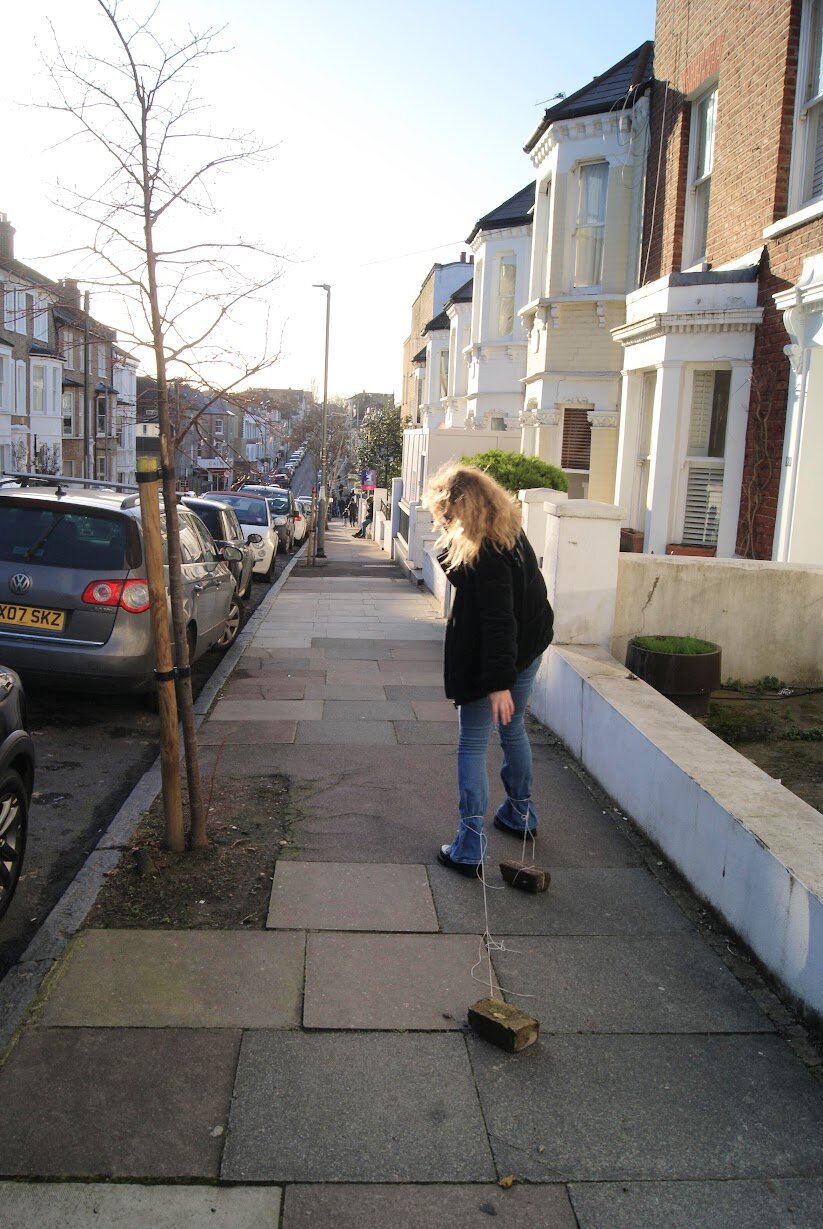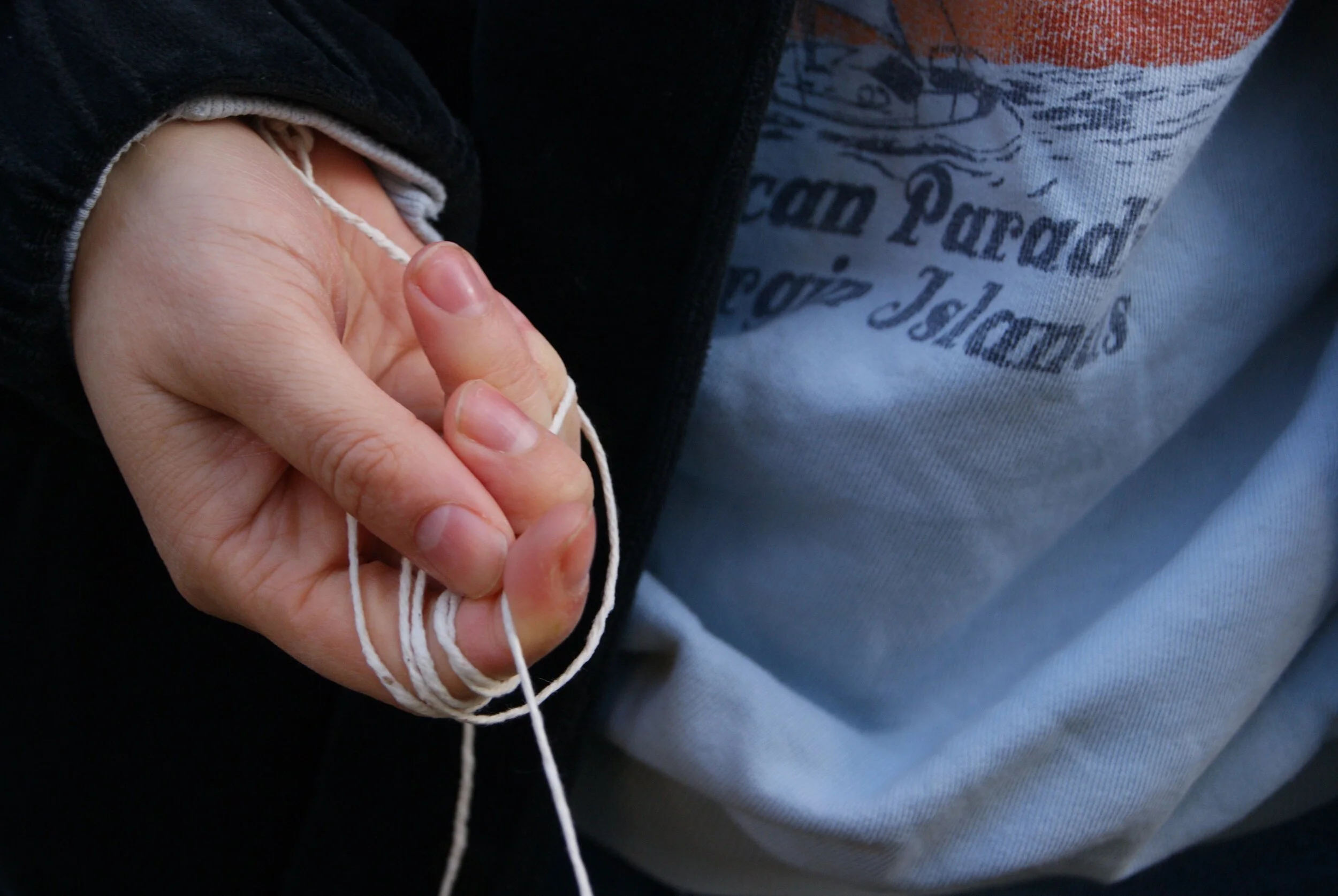The Map is not the territory
Experimenting with Space, History, Environments and how we interact with them
During this project, we looked at psychogeography, which focused on how we interact with our environments and how the space or environments affect us emotionally. Guy Debord defined psychogeography as, "the study of the precise laws and specific effects of the geographical environment, consciously organized or not, on the emotions and behavior of individuals." It has also been defined as "a total dissolution of boundaries between art and life". I particularly liked this project; I live in a very gentrified area where most of the buildings are painted the same colour and all the buildings are constructed the same way in order to create a sense of unity. The area that I live in also uses nature and trees as decoration; they are carefully lined up in rows. This usually makes me feel sad because I also feel confined and restricted; when streets and building are constructed, it creates a barrier and a restriction for you; you have to follow a certain symmetrical path - I just follow lines and grids everyday. I find it fascinating how over time, societies have constructed a very symmetrical and often restrictive environment that is completely detached from nature. Constantly looking at fabricated shops and square of rectangular buildings, I believe, it unnatural and can mentally strain you - natural environments are messy and each part of nature has its own unique shape of pattern, whereas, living in an urban city is draining becauses everything is forced to look the same or follow these strict rules.
These photos below are an experiment i done for the Derive experimentation. We had to create an obstacle or rule for someone whilst they try to move in an environment. This really explores the ways in which we move within our environment and how we move with restrictions. People are constantly restricted with their movements because of privately owned landed (which is nearly everywhere in London) and because of the way an environment has been built. I used bricks to create this idea of restriction and resistance. This was really effective and it was interesting to see how people reacted when they passed by. Most people walked past and a lot of people laughed. This was inspired by Mona Hatoum, where she tied her shoes behind her feet and walked in the public streets of brixton. I think I should have done this experiment in a more public area to see how people react - That would have been a lot more interesting! However, I like the the concept behind it and I also like how the subject is trying to walk up and down a hill as that creates even more resistance. We tried to carry out this experiment as long as possible but finally stopped when the string broke. The string was not strong enough to restrain the subject which symbolises, to me, hope that one day people will be able to look past the crumbling concrete and realise that none of this is actual real and healthy. Buildings will always disintegrate, rust and chip; paint will always crack and show what is underneath, at the core of the building and material.
This was the second experiment that I done, where I tied both the subjects ankles and wrists to string which was attached to these bricks. This was a derelict garden represents neglected parts of the city where poorer people live - the neglected areas are more inaccessible, however I also find beauty within places like this because underneath all the rubble is soil, which gives me hope that nature will one day come on top. The strings could represent this attachment and obsession people have will fabricated environments that is actually just a pile of rubble that has been manipulated in a certain geometrical shape. I think peoples compulsive obsession with concrete and uniform buildings could represent this urge to control environments in order to maintain this false sense of security.
Final for The Map is Not the Territory
For the final, we had to create an unconventional book that represented the environments we were concerned about. I was still very interested in broken and damaged environments. I used crackle paste and layered the ‘book’ with damp newspaper which i soaked in black and green ink. I really like the effect of the newspaper because it looks very old, tired and worn out. The main colours I used was green and black. I put more cardboard inside, hidden from the viewer, I then used string to tie around the book to keep everything contained. The book is solid and hides a lot of information; this correlates with the idea of gentrification hiding the truth behind the neat rows of building and the white paint. The string looks like it has been aggressively tied around the book, implying that this person was in a hurry and really wanted to keep this whole book contained. Overall this book symbolises containment, privacy and fabrication. I chose to place it within a pile of bricks from a wall that had fallen down. The setting represents how this man made concrete jungle will eventually collapse and that concrete does break down - i feel like society tries to hard to contain mess and tries too hard to make everything look in uniform, which inevitably looks distorted.
Overall, I like the contrast between nature and man made environments. I also like the layers that you can see within the book, as it represents the layers of this earth and people; we tend to flatten these layers with a hard, shiny exterior. I think I could have experimented more with scale and using this book in public or ask people to try to interact with this book. I think in the future i would like to conduct a more practical approach for my final piece. This could be done with space - I could have created a book that invades the space, forcing people to interact with the environment in a completely different way.






























